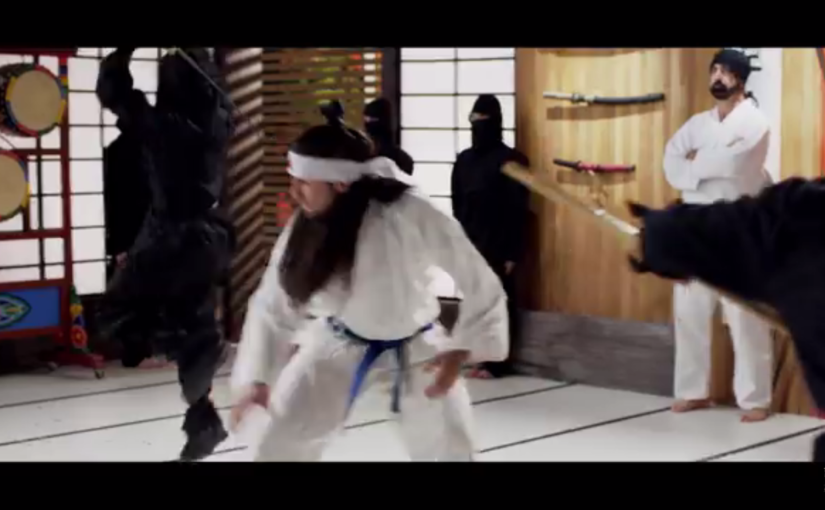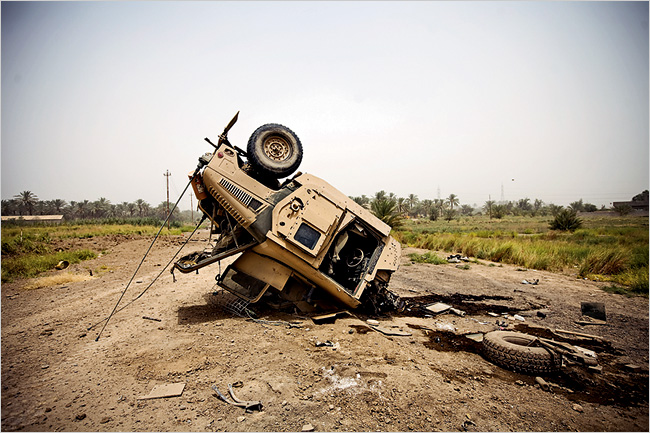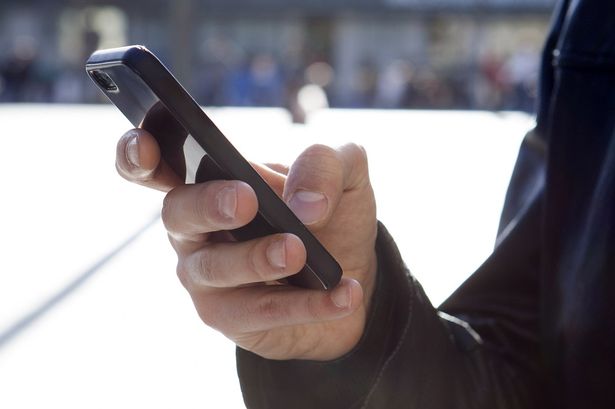Safety on Facebook
There are many things you can do to keep yourself safe from potential threats and cyber criminals on Facebook.
1- The most important thing to do is to never make any personal photos public, especially of your kids wearing any swimming clothes. Your photos be used by predators to sell them to certain kinds of websites and are also sold to highest bidders. They can also use these photos to estimate and track your location, if you don‘t already have it mentioned on the profile.
2- Don’t make your day-to-day activities public and avoid posting updates about when and where you are traveling. If you do want to post them, make it private or for friends only, but that may not work, as if you add someone, they can now view your activities and jobs, etc. getting all they wanted from your profile.
3- Which brings me to my third point, never accept friend requests from individuals who you don’t know or haven’t spoken to. Especially avoid individuals with no profile pics or only a handful of friends when they’ve been members for years. Some of the fake profiles usually just spam search. It’s done by typing in the most common names, when the results show up, they send friend requests to all. Then when their request gets accepted by target, they get to their friends list as well and most accept requests due to them being mutual friends with someone they know and trust. Plus, there’s also a possibility of a sex offender or a PI creating a fake profile to see your ‘friends only’ posts.
4- Never post personal likes and dislikes as this can be used against you. Once an individual knows what you like and don’t like, whether it’s food or a movie or anything, they can use that data to either direct you to a phishing website if they’re a cyber predator or if they’re a predator who searches their victims online, they can strike up a conversation with you basing it on common grounds.
5- Don’t use the same password you did for you email and other accounts, for your face book account. In fact, never have the same password for all accounts as a general rule.
6- If you access Facebook on your phone, log out of the Facebook app you use, after each visit.
7- Post nothing on Facebook that you wouldn’t want anyone to know about. Nothing, once it gets on the internet, is safe or private, especially on a social networking site like Facebook.
8- Be sure to have a good anti-virus installed. There is a possibility of a virus infecting your email list, the virus then sends friend requests to everyone in your email contacts, infecting them with the same virus as well. IIRC, this is done to gain access to not only your personal email, but other email addresses as well, it also leads you to a fake site to get your personal information that you may enter in the form.
9- Report suspicious profiles.
10- Be careful of external and third-party applications and websites asking permission to access your Facebook account information. Once you have given the permission to access your Facebook account, the website or application now has access to all of your personal information, including email, number, posts, address, job and location. Never accept it, unless you are absolutely 100% sure that you trust the application and it is reputed as safe to use.
11- Visit the help center for more information on Facebook safety.
12- Some good tips are mentioned here in this info graphic; http://www.bedfordshire.police.uk/pdf/facebook_safety_tips.pdf
Safety on Twitter
The following are some simple tips to stay safe on twitter.
1- Whenever you tweet, never add your location to it. Turn off the ‘add location to tweet’ option from the settings. You can also remove all location information by clicking ‘delete all location information’.
2- Strip geo-tag information from your photos before tweeting them. When a photo is tweeted, the location information that many camera phones add to the metadata of the photo file would be provided to anyone viewing the photo, any EXIF viewer software/application that can read the location information embedded in the photo would be able to determine the location of the picture. There are apps available that strip the geo-tag from the pictures; deGeo, metapho and pixelgarde are some of them.
3- Enable security and privacy options. The ‘HTTPS Only’ option ‘Settings’ menu will allow you to use Twitter over an encrypted connection which will help protect your login information from being hijacked by hackers using packet sniffers and hacking tools.
4- Twitter is actually more public than facebook, which means that you have to keep your personal information very minimal to virtually none. I.e. No phone numbers, no emails and no address in the location section.
5- Avoid using any third party apps on twitter. If you have any unrecognized app or an app you don’t remember installing, remove it by revoking its access to your account information from the app tab in your ‘settings’ menu.
6- Turn on the ‘protect my tweets’ option. This is a helpful tool when it comes to preventing unwanted individuals from following you on twitter. Once turned on, it will only show the tweets to people that are approved by you. This will not stop the current followers, it’s only for the future ones.
7- Remove unwanted or unknown followers. Delete the follower from your Followers list by blocking their account. The user is not notified when you block them, but your tweets no longer show up in their searches or timeline.
Here are some good sites with much more information about safety on twitter.
- http://www.makeuseof.com/tag/10-twitter-safety-tips-to-protect-your-account-identity/
- https://support.twitter.com/articles/76036#
- https://support.twitter.com/articles/18368#








